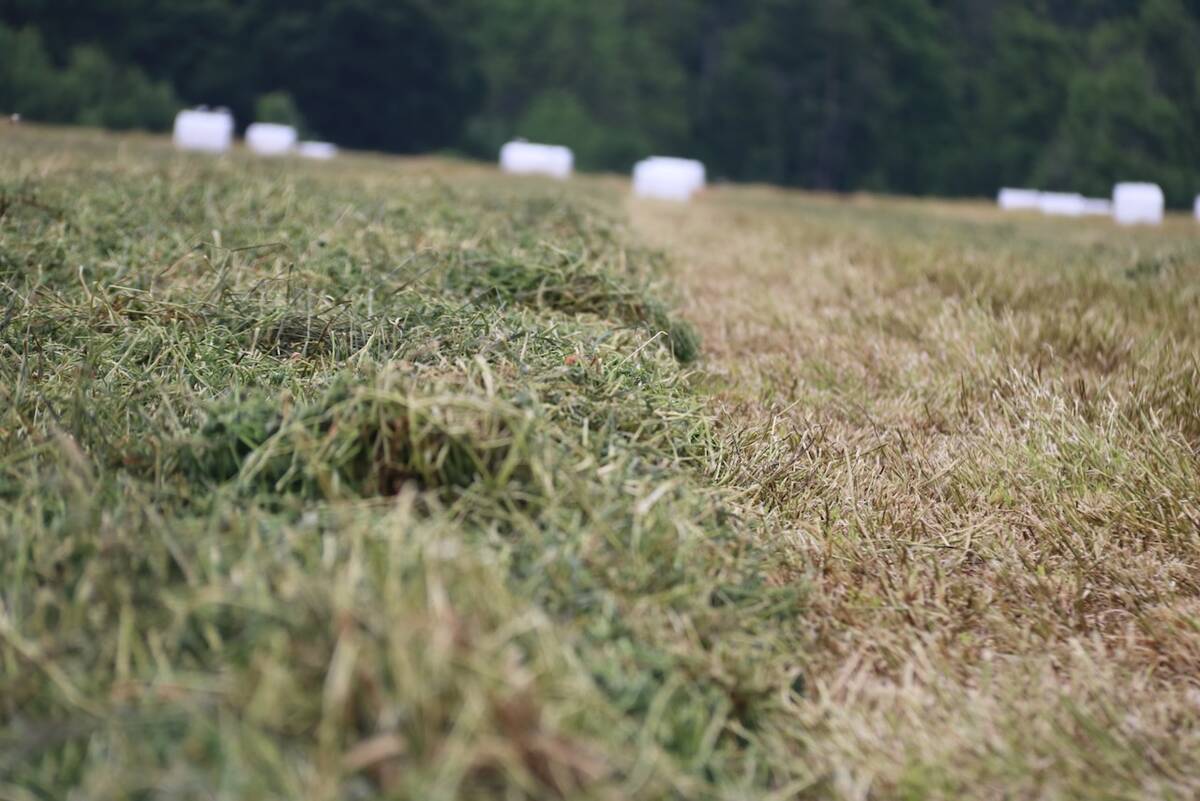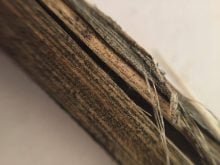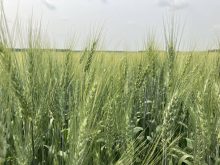Western Canada’s crop disease specialists have spent the past few months finalizing results from canola field disease surveys executed during the 2020 growing season.
Blackleg
According to those surveys, 45.4 per cent of 350 canola fields and five mustard fields evaluated across Alberta in 2020 had blackleg. The average rate of infection was 6.4 plants per field and overall severity rating of 0.08 on a scale of 0 to 5. Alberta’s blackleg infection numbers in 2020 were the lowest reported over the past three years.
Read Also

New high-performance forage training program to launch in 2026
A new Canadian Forage and Grasslands Asssociation high-performance forage program will be a resource for farmers, agronomists and others in the forage sector.
In Saskatchewan, final analysis showed symptoms of blackleg basal infection in 81.2 per cent of the 250 canola crops surveyed, with an average of 14.6 per cent of plants infected per field overall (an average of 17.9 per cent in infested crops) and a severity rating of 0.2. The northwest region was hit harder than the northeast or southeast regions for blackleg basal infection, whereas the highest average blackleg stem lesion incidence occurred in the west-central region.
Blackleg issues were the worst in Manitoba where researchers found basal stem cankers in 83 per cent of the 161 fields they visited, an average infection rate of 19 per cent of plants per field and a severity rating of 1.2.
“Blackleg is a ubiquitous thing. Whether it’s an issue that starts to harm yield depends on the specific race of the pathogen,” said Kelly Turkington, an AAFC pathology research scientist based in Lacombe, Alta., in a follow-up interview after his presentation of initial findings at the Canola Council of Canada’s Canola Week, held virtually last December. “Over the last few years, we’ve seen disease development in canola fields at levels much higher than we’ve seen in the past.”

Sclerotinia stem rot
Sclerotinia stem rot hit Saskatchewan hardest, with the disease detected in 79.3 per cent of fields surveyed, an average of 16.8 per cent of plants affected per field and a severity rating of 0.4. In Manitoba, 39 per cent of fields tested showed sclerotinia infection, with an average incidence rate of two per cent of plants per field and a severity rating of 1.0.
Alberta enjoyed the least sclerotinia infection, though results can’t be compared directly to the results of Saskatchewan and Manitoba as surveys in Alberta only focused on lower main stem infection. Sclerotinia was found in 19 of 355 fields surveyed in Alberta or 5.3 per cent. The average disease incidence rate was 0.7 per cent of plants per field. Alberta’s infection numbers were lower than recent years.

Clubroot
Michael Harding, a research scientist with Alberta Agriculture and Forestry, and Steven Strelkov, a professor of plant pathology at the University of Alberta, co-ordinated an Alberta-wide clubroot survey of 620 canola and four mustard fields in 2020. They found 66 new records of clubroot, all in the canola crops. Thirty-nine of these cases were mild, 24 were moderate and three were severe. An additional 313 clubroot-positive fields were identified by provincial ag field personnel in Alberta in 2020.
“The reason that number is higher than the province-wide survey is Harding and I try to cover as much of the province as possible, rather than focusing on regions where clubroot is already well established. In contrast, ag fieldmen (who work for specific counties or municipal districts) will do extensive surveying of their own areas and, hence, may identify many cases in a small geographic region where the disease is already established,” says Strelkov.
“Also, in the province-wide survey, we do assessments of disease incidence and severity and, hence, we cannot sample as many fields as if we just looked for the presence or absence of the disease.”
Clubroot’s range continues to expand. The first confirmed clubroot cases in the Municipal District of Smoky River (Peace region) and in the Counties of Grande Prairie (Peace region) and Wheatland (east of Calgary) were found in 2020.
In Manitoba, symptomatic plants were noted in only one of the 161 fields surveyed. Growers or agronomists identified another three symptomatic cases of clubroot in fields outside of the survey. Since 2013, 44 fields have been identified as symptomatic in Manitoba.
Turkington and his Prairie crop disease colleagues encourage all efforts to increase on-farm monitoring through the clubroot soil-testing program and accurate, timely reporting of clubroot infestation in-field. Clubroot distribution maps were released in early January in each province.
In Saskatchewan, visible clubroot symptoms were found in 18 fields and the clubroot pathogen was found in the soil of 18 additional fields in 2020, reports Alireza Akhavan, a provincial plant disease specialist with Saskatchewan’s Ministry of Agriculture. He says a significant portion of the fields with visible clubroot symptoms — eight out of 18 positives — were identified through external reports made by producers and agrologists. The remaining 10 positives were identified through formal surveys.
To date, visible clubroot symptoms have been confirmed in 75 canola fields in Saskatchewan since the first symptomatic plants were identified in 2017. In addition, the clubroot pathogen has been detected in 29 additional fields without visible symptoms since 2017.
Verticillium stripe
Verticillium stripe began to show up across the Prairies a handful of years ago. While Turkington reported some verticillium stripe symptoms had been found in Alberta in 2020, more recent lab analysis shows this is not the case.
“Verticillium symptoms were observed in four samples, but all tested negative. So, there were no verticillium-positive canola samples found in Alberta in 2020,” said Harding in a follow-up conversation.
In Saskatchewan, a few suspect cases were sent to diagnostic labs, but results were inconclusive, says Akhavan.
Manitoba Agriculture and Resource Development crop industry specialist David Kaminski says he and colleagues confirmed 14 cases of verticillium stripe at the Crop Diagnostic Centre. Some of these were from the general canola disease survey and the rest were submitted by agronomists.
“With verticillium stripe being a new disease, the focus has been around prevalence and location of fields across the Prairies,” said Justine Cornelsen, agronomy specialist with the Canola Council of Canada, in a follow-up conversation. “The incidence and severity numbers don’t exist for most of the provinces or mean very little currently.”
Researchers are now working on developing an industry standard to rate the severity of verticillium stripe. Cornelsen says the new rating scale should be in place for surveying next summer.

Aster yellows, foot rot and Alternaria pod spot
In other diseases of note, aster yellows was observed in 35.6 per cent of surveyed canola fields (this includes observations in surveyed fields where infected plants were seen outside of the 100 plant sample). Prevalence was 22.2 per cent in Saskatchewan based on analysis from within survey sites only, and three per cent in Manitoba.
A straight comparison between Saskatchewan and Manitoba isn’t accurate, however, as surveyors in Saskatchewan included fields exhibiting trace levels. Aster yellows was also detected in some Alberta fields in 2020, but cumulative results are not available.
Foot rot was present in 2.3 per cent of Saskatchewan fields surveyed. In Manitoba, foot rot was mostly isolated to western regions of the province, with six per cent of fields in the northwest and 19 per cent of fields in the southwest exhibiting symptoms.
Alternaria pod spot was detected in five regions of Saskatchewan, with the highest prevalence, at 100 per cent, in the west-central region. Alternaria was also discovered in 17 per cent of Manitoba fields surveyed.















